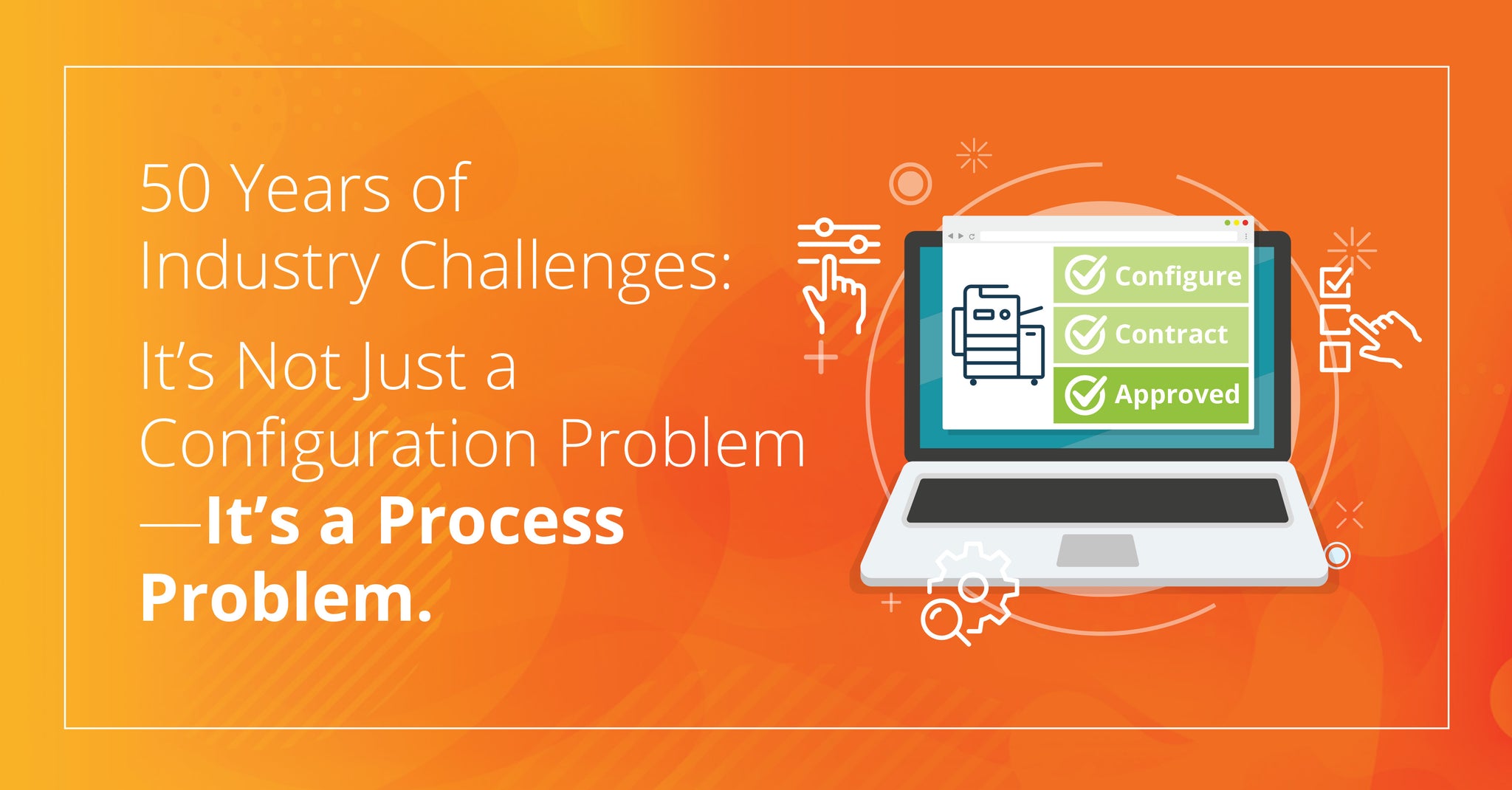If You Want To Increase Sales Immediately, You Need To Standardize Your Product Offerings

Last week I was looking through a customer's printing fleet using PrintFleet. I spotted a color device that was 7 years old; it was printing about 2,000 pages per month and was spitting out errors like watermelon seeds at a picnic. Target acquired. What's next?
Most of us can spot the red flags of a printer: age, monthly volume, brand, etc. Any salesperson, worth their salt, knows what the replacement product should be. The problem, however, is the “what’s next?” I’m willing to bet that most dealers would not have noticed this failing device. Since this device was a color Brother MFP, and judging by the hodgepodge of other print devices, the customer’s IT decision-makers would likely just go online, and buy an, on sale, “printer of the week” at somewhere like CDW or Staples. On the other hand, if the customer did first explore a repair, and called the dealer, they would be transferred to the service department. Service teams typically don’t look at this as a sales opportunity. They would do the worst thing possible for you and your customer: they would fix it.

Most salespeople have no clue as to how to open a product like PrintFleet, FM Audit, or Print Audit, and immediately see opportunities. You don’t need to be NEO from The Matrix looking at streaming code, an old OfficeJet or Brother color MFP printing over 1000 pages should stick out like a sore thumb. Aim lower.
The problem I see is that salespeople will take this gift-wrapped opportunity and complicate it. Most of the talk tracks around desktop and workgroup printers push managed print, or encourage eliminating multiple devices to justify a larger A3 placement. This takes a simple problem and proposes a complicated solution. What if you simply looked at a device and did this.

In the account I reviewed, there were 12 devices. Six of those devices were obviously desktop devices printing less than 30 pages per month. It would not be worth the time or effort to manage these. It would make no sense to monitor them as the monthly cost of the RMS would be greater than the revenue. It would not make any sense to migrate these pages to another device. If your sales pitch involves migrating 100 total pages, the value of your insight is not worth your customer's time. “Saving” $10 is not going to get anyone’s attention.
The other six devices had page volumes between 200 and 1000 pages per month. In this instance, there might be a case made for some rationalization, but again, this would not be a priority issue for a company. You could help facilitate easier supplies ordering via an online portal, and if/when they need it, make sure they don’t repair old devices. An MPS program? No. MPS is ultimately not going to provide a compelling ROI that moves a company to action.
Am I exaggerating the problem? I don’t think so. Owners need to build standardized packages for printers that are easy to buy. In the above example, the HP PagewidePro 577DW includes:
- Hardware for 3 years
- Installation
- NBD Service
- 2000 pages per month (and other device options capable of more or less)
All for less than the average cost of a typical ink or toner SKU.
If properly set up and financed, this program can be highly profitable. The above example could net out almost $1000 in GM over the three year period. There could be hundreds of these opportunities among the devices you monitor today. $1000 may not seem like a huge profit compared to your traditional A3 placements, but if the products are standardized, there is little work needed to uncover the sales opportunity. AND the fact that the device is even in the fleet of YOUR customer proves that your current process does not work, it leaves money on the table.
If you approach every sale thinking it needs a custom solution, you are telling your sales teams to ignore these smaller opportunities—which coincidently are the only significant growth category in office printing.


